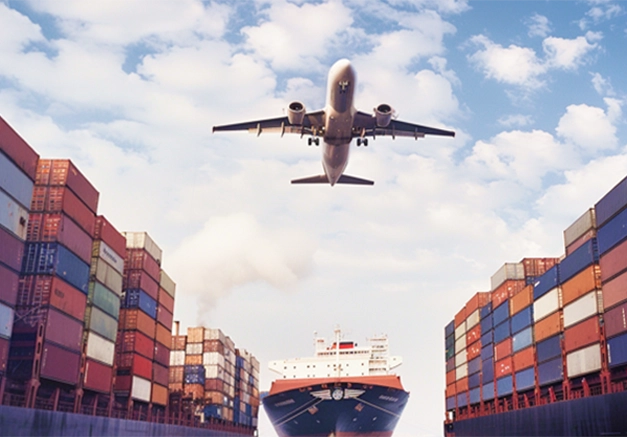Unveiling the Epitome of Speed: The Fastest Mode of Transportation in the World
2 min readIn today's fast-paced world, where time is of the essence, the need for efficient and rapid transportation has become paramount. From ancient times to the modern era, humans have constantly strived to push the boundaries of speed. In this blog post, we will delve into the realm of transportation and explore the fastest mode of transportation in the world.
- Supersonic Air Travel:
One of the most awe-inspiring modes of transportation is supersonic air travel. The Concorde, a legendary aircraft, held the crown as the fastest commercial airliner, capable of reaching speeds of up to Mach 2.04 (1,354 mph). However, due to various reasons, including high costs and environmental concerns, the Concorde was retired in 2003. Nevertheless, the dream of supersonic air travel is being revived with the emergence of new technologies and companies like Boom Supersonic, aiming to bring back the era of high-speed air travel. - Maglev Trains:
Magnetic levitation (Maglev) trains have revolutionized the concept of ground transportation. By utilizing powerful magnetic fields to lift and propel the train, Maglev technology eliminates friction and allows for incredible speeds. The Shanghai Maglev Train in China holds the record for the fastest commercial Maglev train, reaching speeds of up to 267 mph (431 km/h). With ongoing research and development, Maglev trains have the potential to become even faster, providing a greener and more efficient mode of transportation. - Hyperloop:
The Hyperloop, a concept introduced by Elon Musk, combines the speed of air travel with the convenience of ground transportation. This futuristic mode of transportation involves pods traveling through a near-vacuum tube at incredible speeds. With the absence of air resistance, the Hyperloop has the potential to reach speeds exceeding 700 mph (1,126 km/h). Several companies, including Virgin Hyperloop and SpaceX, are actively working on developing and implementing this groundbreaking technology, promising to revolutionize long-distance travel. - Rocket Propulsion:
When it comes to sheer speed, rockets are unparalleled. Used primarily for space exploration, rockets can achieve mind-boggling velocities. The Saturn V, the most powerful rocket ever built, propelled astronauts to the moon at speeds of approximately 25,000 mph (40,270 km/h). While rockets are not a practical mode of transportation for everyday use, they remain a testament to human ingenuity and our quest for pushing the boundaries of speed.
Conclusion:
In the quest for the fastest mode of transportation, humans have made remarkable advancements, from supersonic air travel to Maglev trains, Hyperloop, and rocket propulsion. Each mode offers its own unique advantages and challenges. While supersonic air travel and Maglev trains have already become a reality, the Hyperloop and future advancements in rocket technology hold the promise of even greater speeds. As technology continues to evolve, it is only a matter of time before we witness the dawn of a new era in transportation, where speed knows no bounds.


